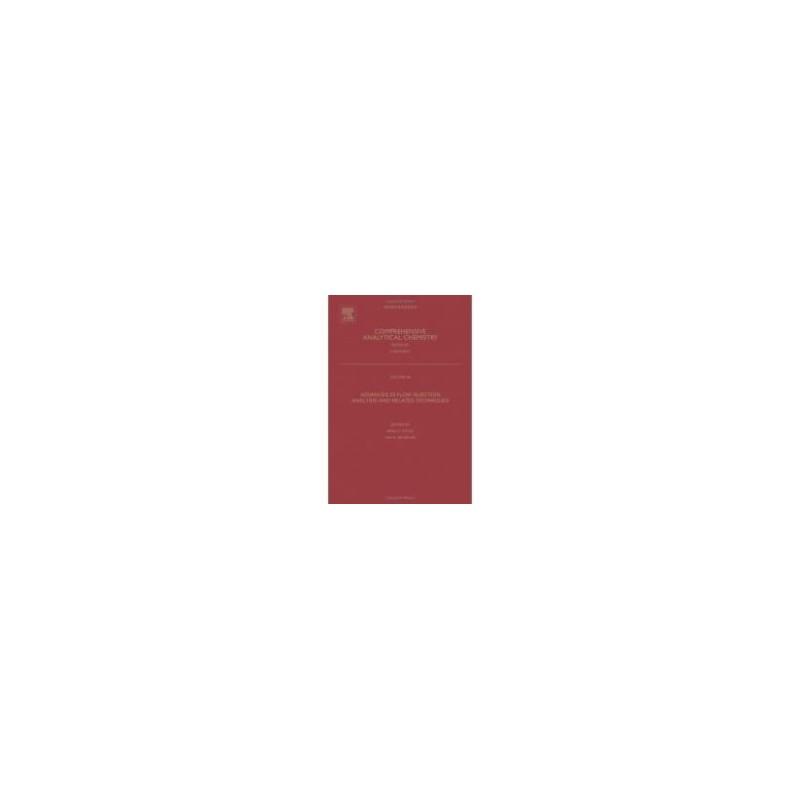- Obecnie brak na stanie




darmowa wysyłka na terenie Polski dla wszystkich zamówień powyżej 500 PLN

Jeśli Twoja wpłata zostanie zaksięgowana na naszym koncie do godz. 11:00

Każdy konsument może zwrócić zakupiony towar w ciągu 14 dni bez zbędnych pytań
Brak towaru
16x2 Character LCD with LED Backlight (Parallel Interface), Black on Green
Brak towaru
Brak towaru
Brak towaru
Brak towaru
Płytka drukowana i zaprogramowany układ do licznika zdarzeń. AVT3188 A+
Brak towaru
Moduł AltIMU w wersji 3 zawiera czujniki L3GD20H, LSM303D oraz LPS331AP. Interfejs komunikacyjny I2C z dostępem do 10 wartości pomiarowych umożliwia określenie wysokości i pozycji modułu. Płytka zasilana jest napięciem z zakresu 2,5..5,5 V, złącze ma raster 0,1 cala. Pololu 2469
Brak towaru
Brak towaru
Moduł wyposażony w układ Texas Instruments CC3200 umożliwiający transmisję WiFi z kamerą 2 MPx JPEG oraz sensorem Aptina MT9D111. Arducam B0073
Brak towaru
Zmontowany programator dobowy/sterownik czasowy działający w cyklu tygodniowym. AVT5410
Brak towaru
Brak towaru
Addressable RGB 60-LED Strip, 5V, 2m (High-Speed TM1804)
Brak towaru
Brak towaru
Brak towaru
Brak towaru
Brak towaru

